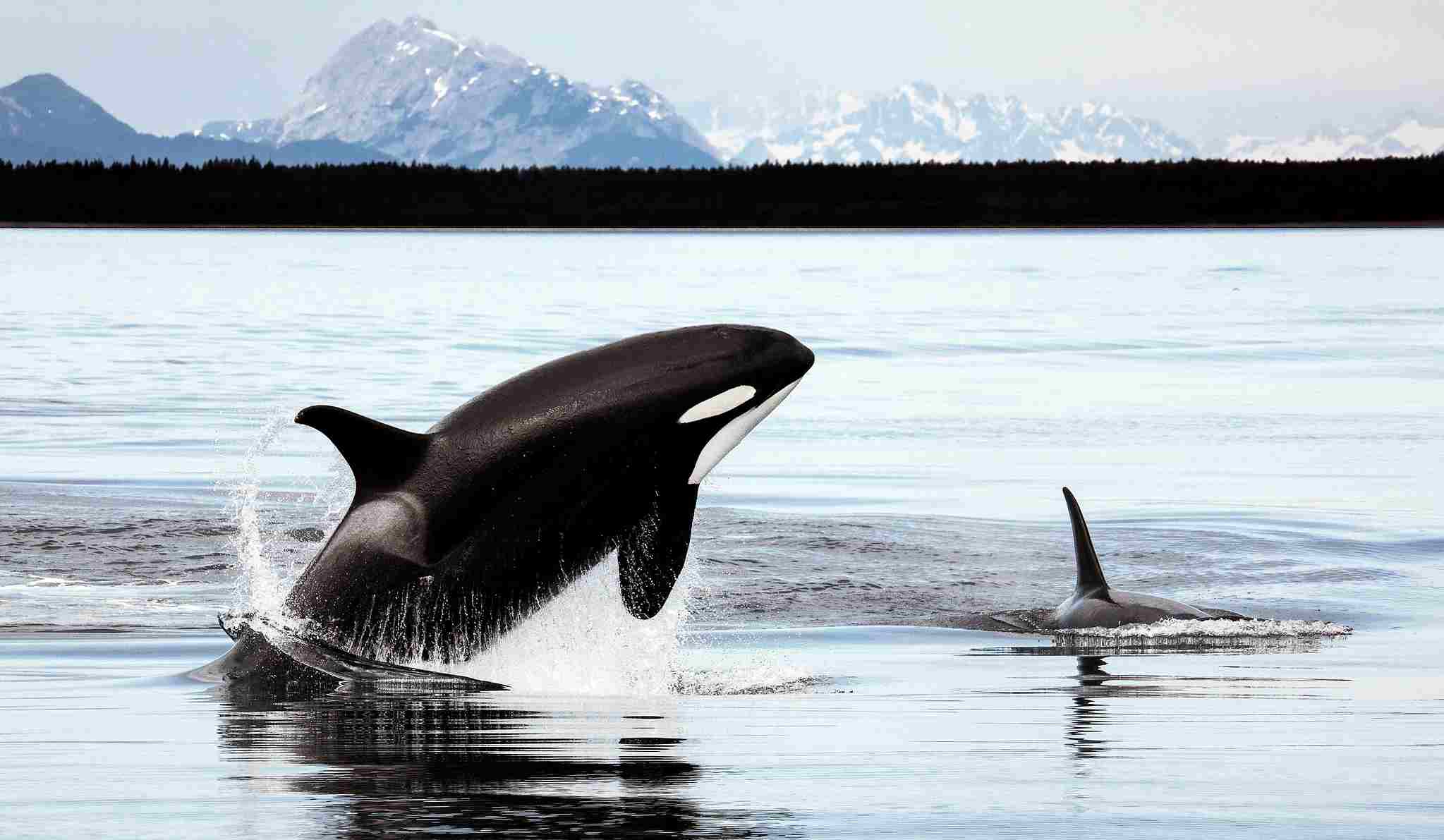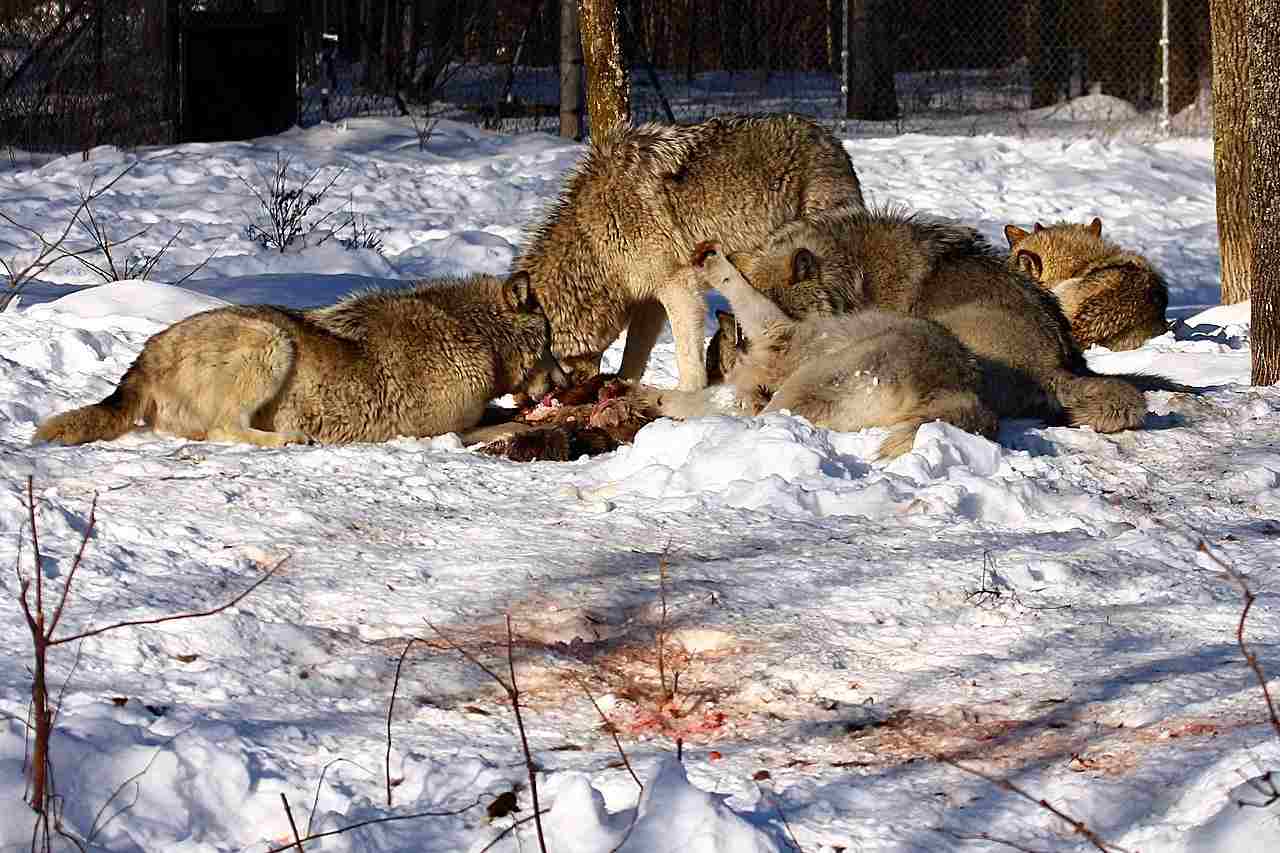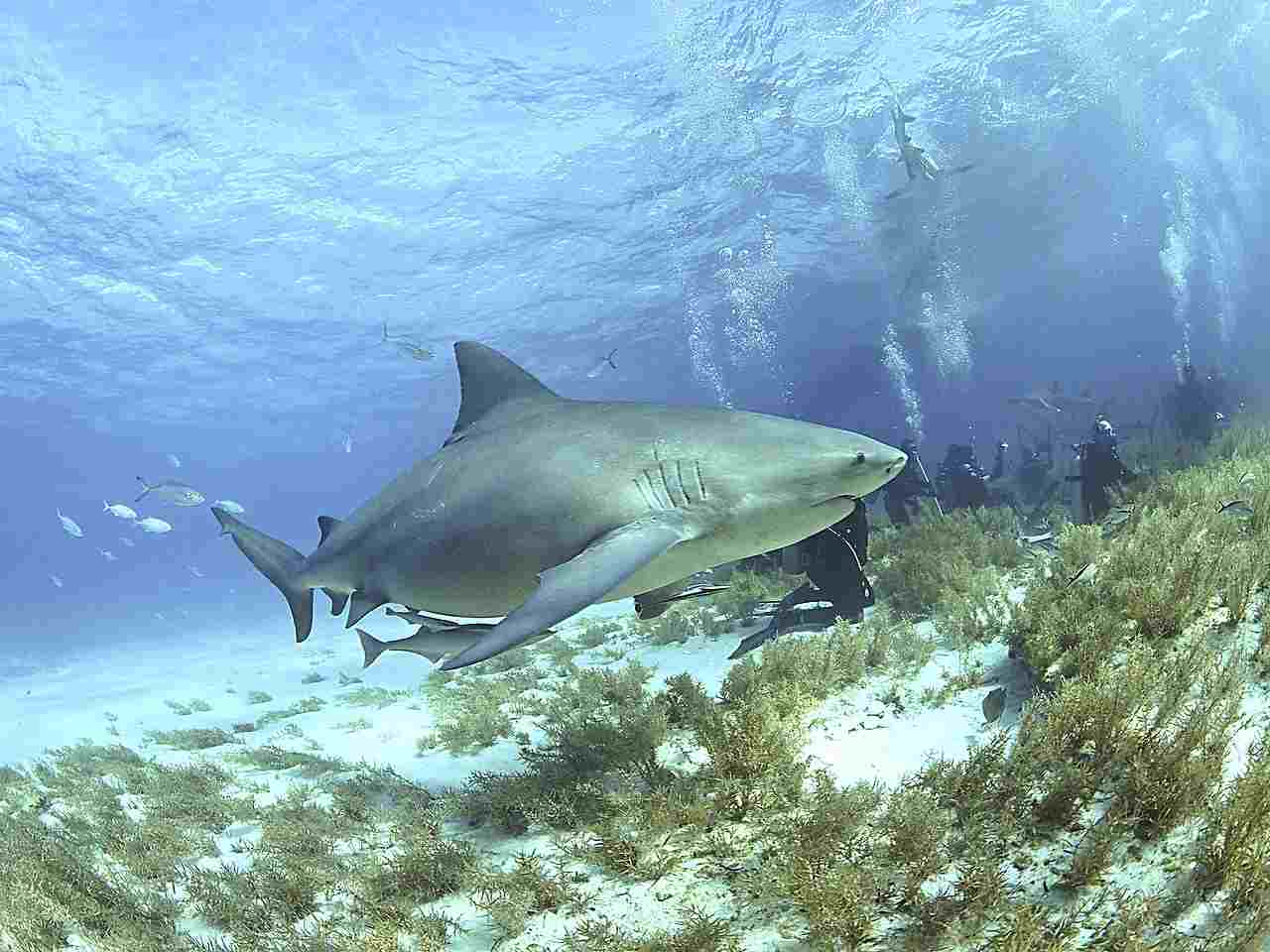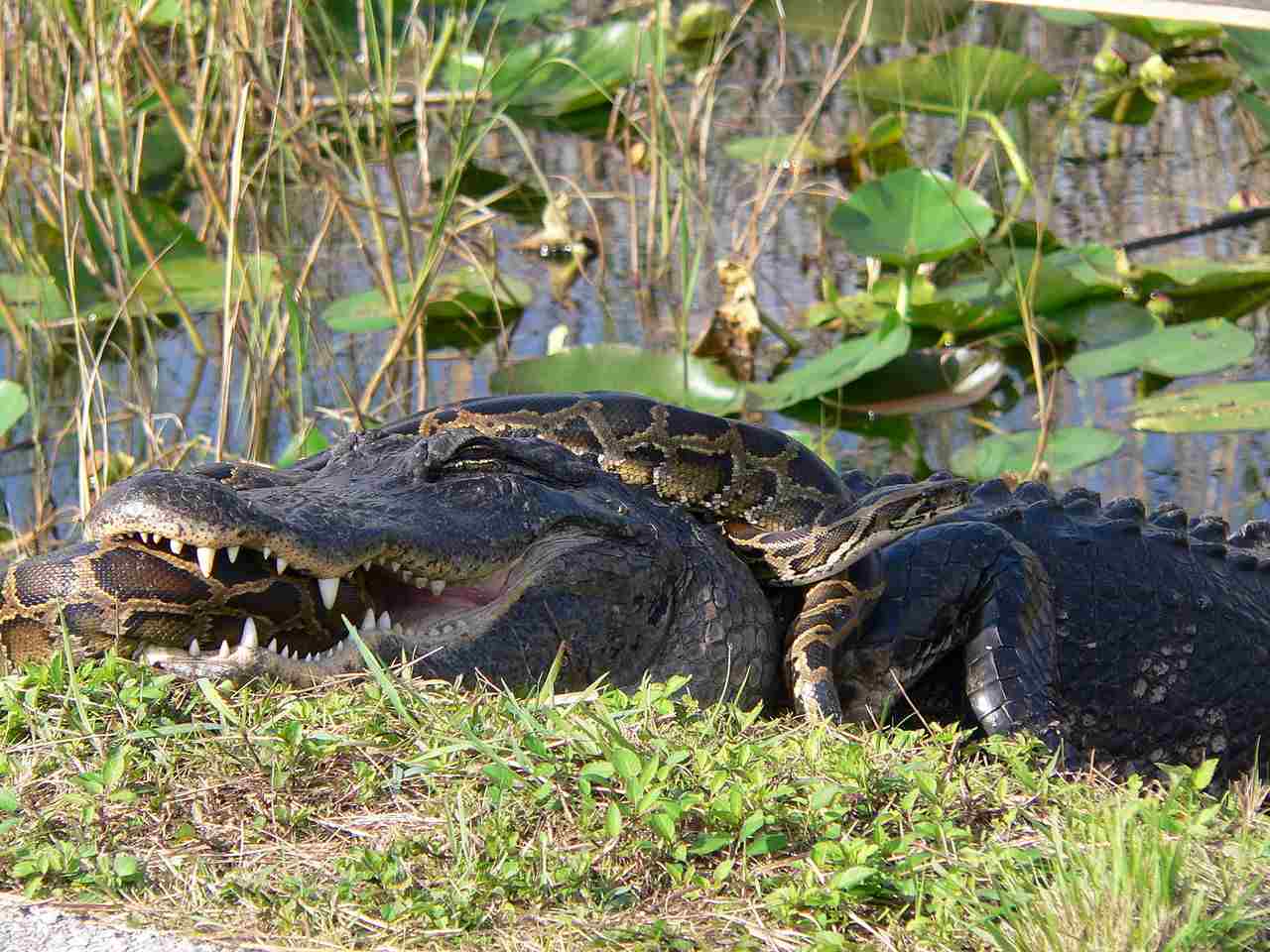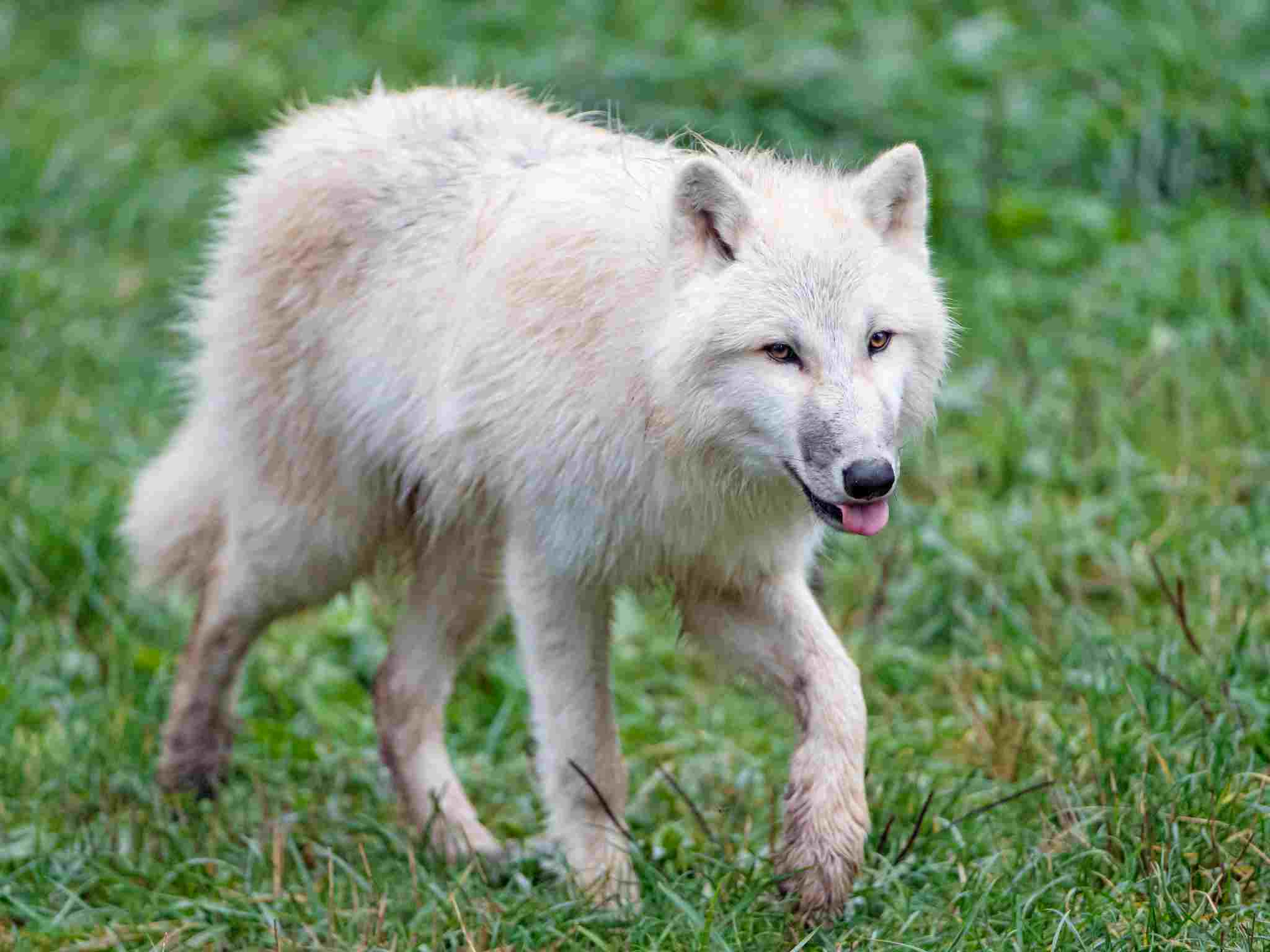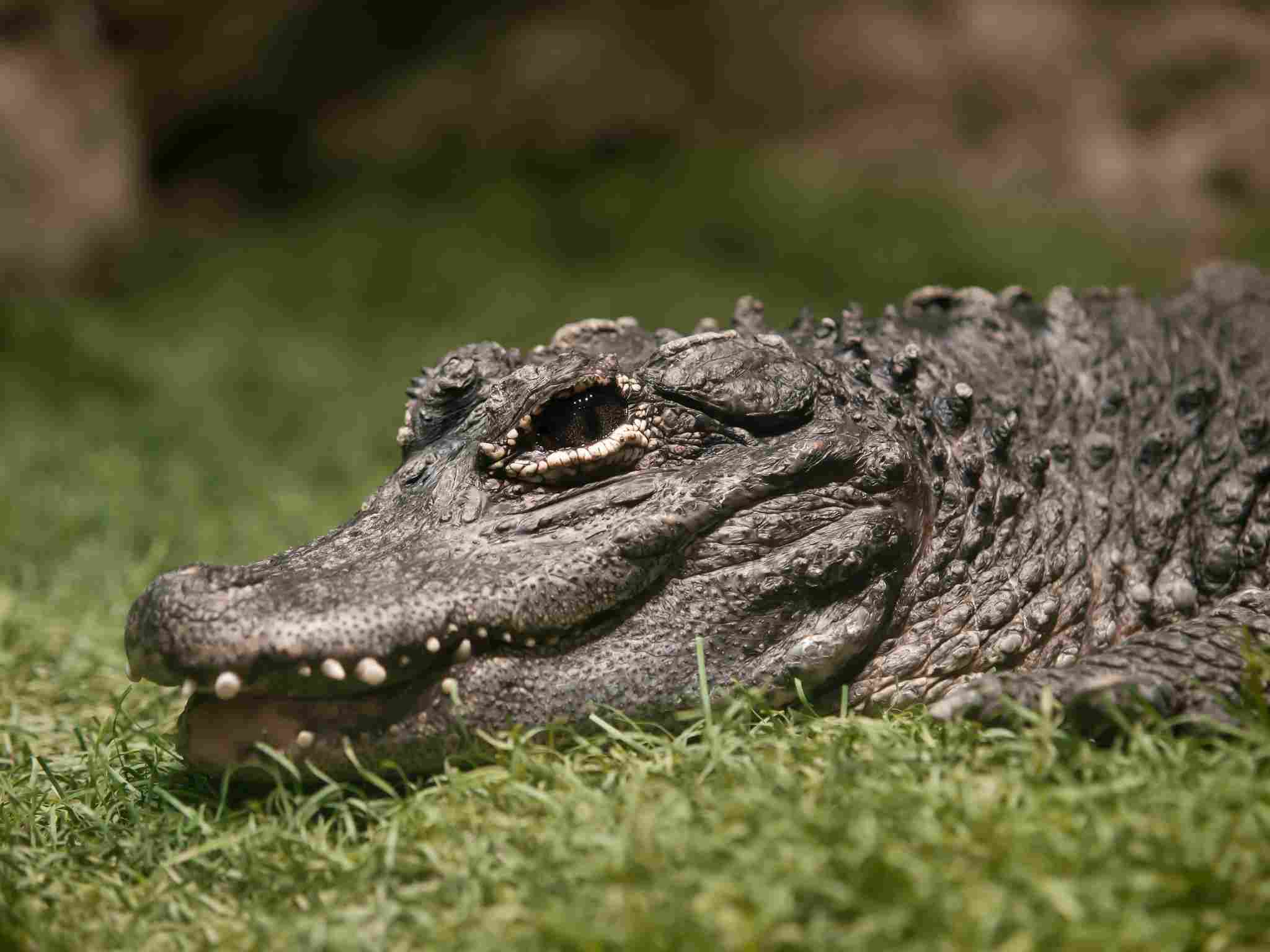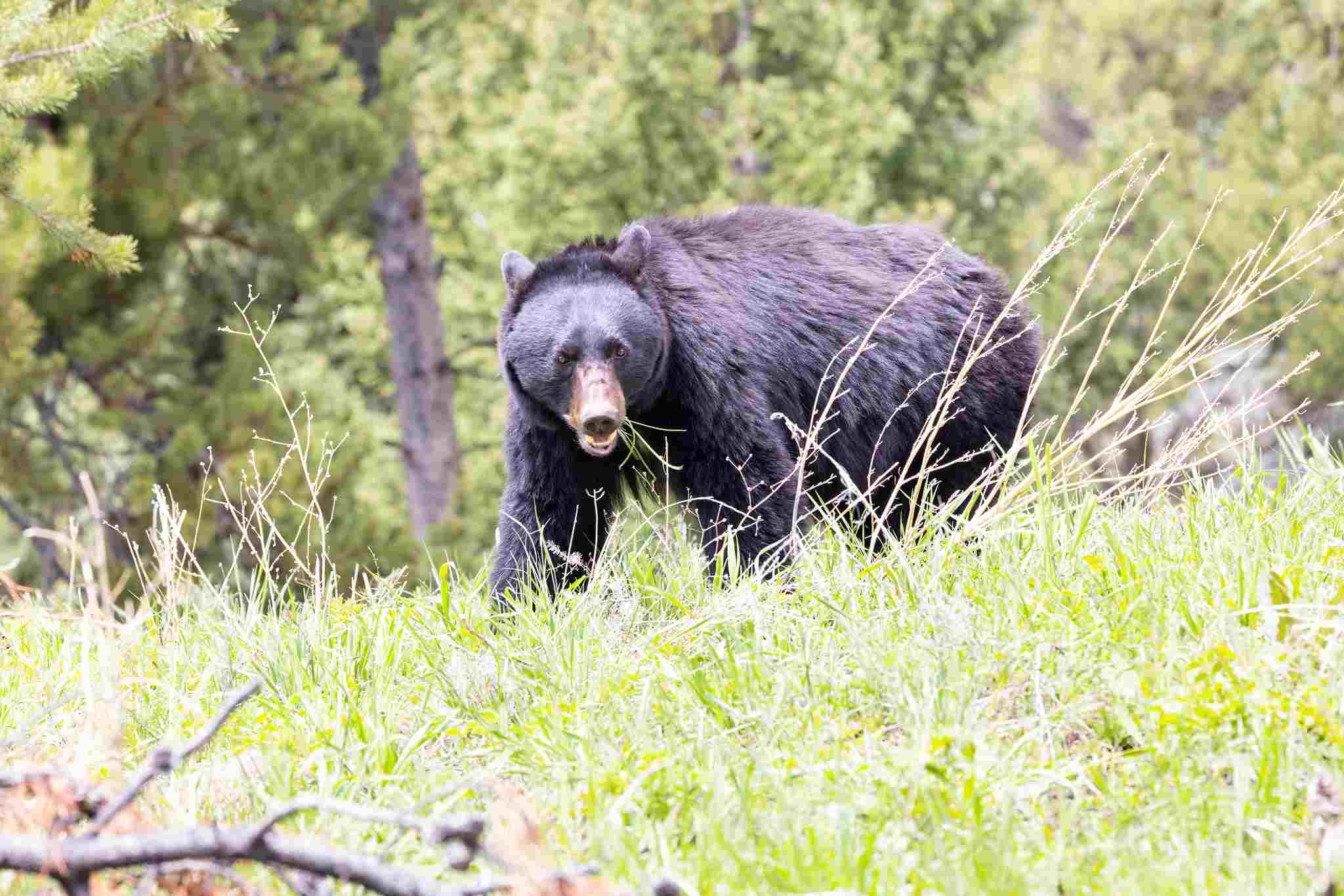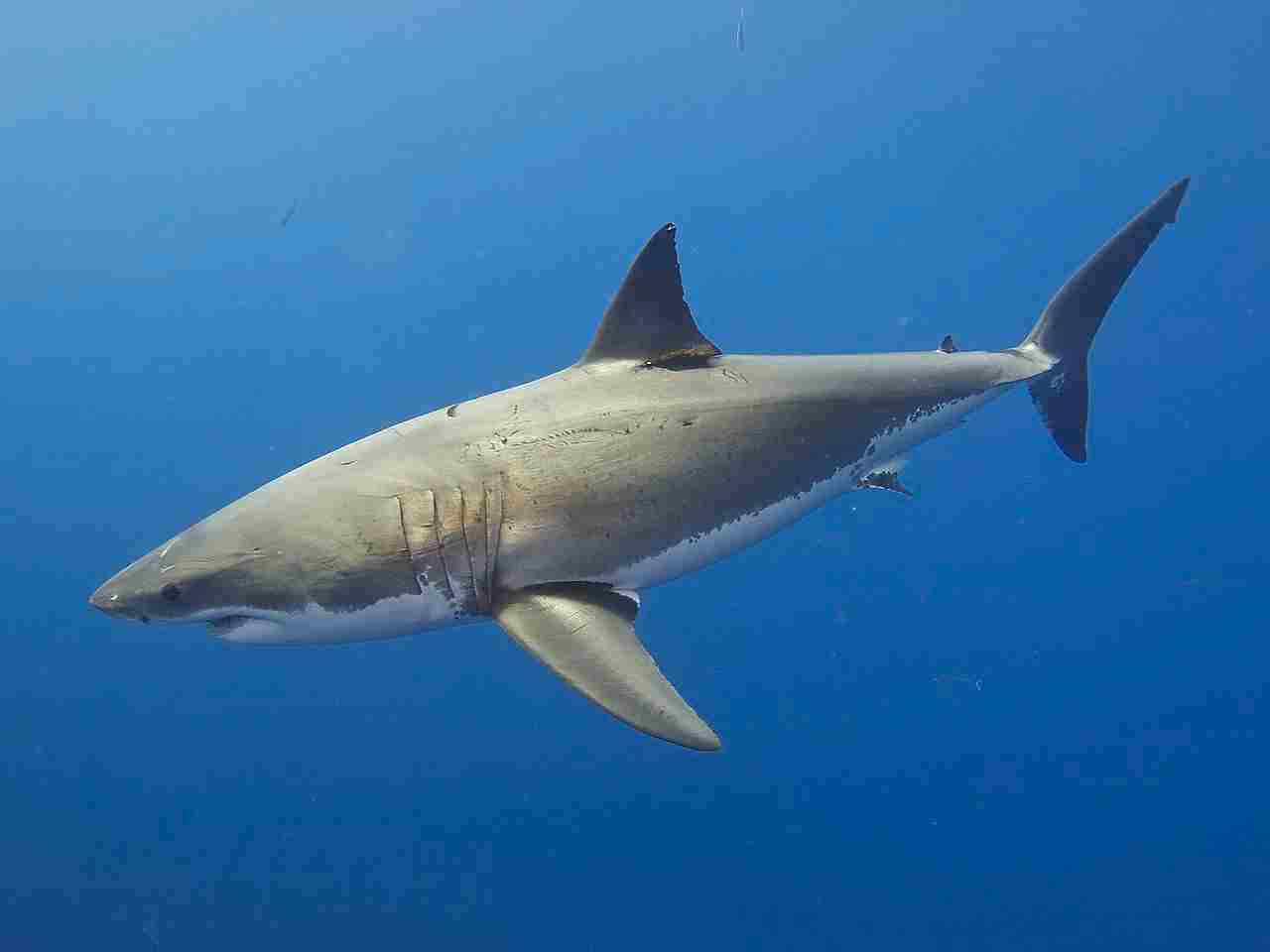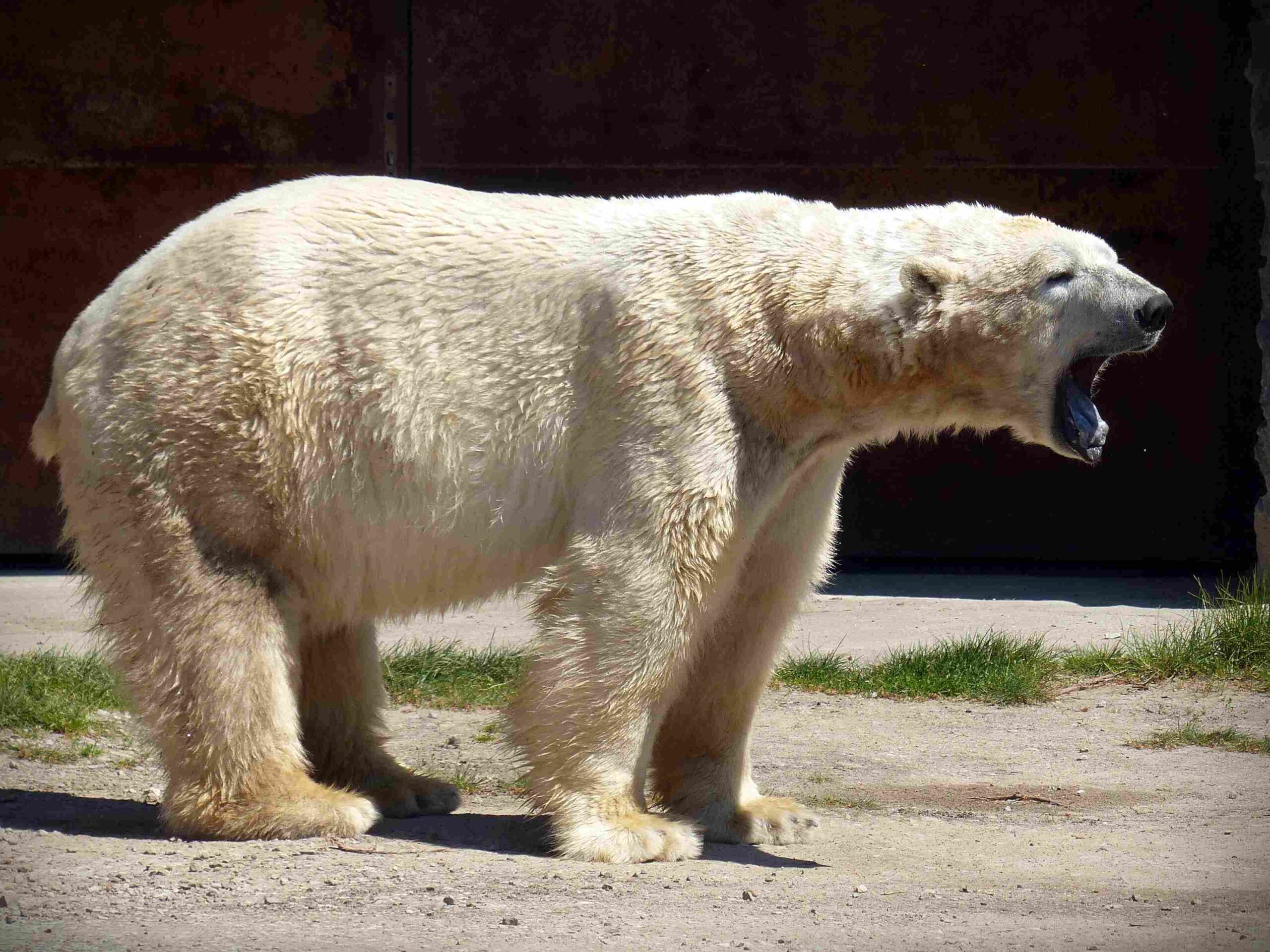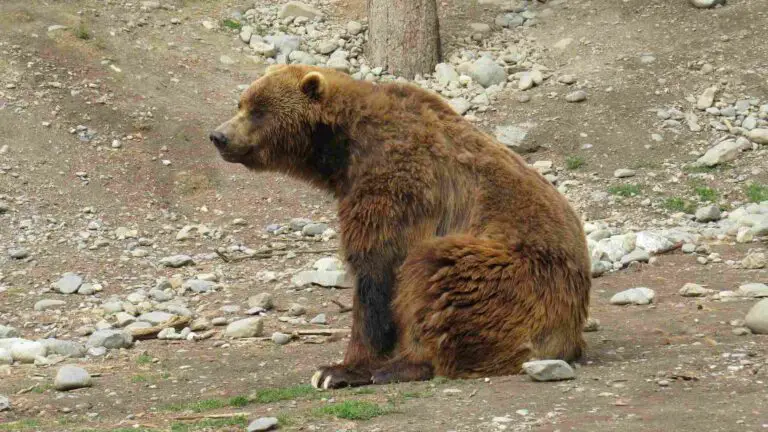9+ Apex Predators In North America Discussed
Examples of apex predators in North America are grizzly bears, polar bears, and black bears, each with unique characteristics and habitats. Cougars and wolves are land-based predators known for their stealth and pack hunting, respectively. Eagles, such as bald eagles and golden eagles, are crucial birds of prey with excellent vision. In aquatic environments, orcas and sharks play key roles as apex predators, while the American alligator represents top reptiles in the southeastern United States. Burmese pythons, an invasive species in Florida, also impact the region’s ecosystems.
1. Grizzly Bear
The grizzly bear (Ursus arctos horribilis) is one of North America’s most formidable apex predators. These massive bears inhabit the wilderness areas of the northwestern United States and western Canada, with the largest populations found in Alaska. Known for their distinctive hump of muscle over their shoulders, grizzlies are powerful creatures, weighing up to 1,500 pounds. They are omnivorous, consuming a diet that includes salmon, berries, roots, and small to large mammals. Grizzlies play a crucial role in their ecosystems by aiding in seed dispersal and regulating other animal populations.
Grizzly bears are solitary animals, except for females with cubs or during mating season. They have a keen sense of smell and sharp claws, which they use to dig for food and mark their territory. Although they generally avoid human contact, grizzlies can be highly aggressive when threatened or protecting their young. Conservation efforts have helped stabilize grizzly populations, but they still face threats from habitat loss and human encroachment. Managing human-bear interactions and preserving their habitats are vital to ensuring the long-term survival of these majestic predators.
2. Polar Bear
The polar bear (Ursus maritimus) is the largest land carnivore in North America and the world, renowned for its ability to thrive in the Arctic’s harsh conditions. Polar bears have thick fur and a layer of blubber to insulate them from the freezing temperatures. They are excellent swimmers, using their large, webbed front paws to propel through icy waters as they hunt for seals, their primary food source. These bears are a symbol of the Arctic and are uniquely adapted to life on sea ice, which is crucial for their survival.
Despite their resilience, polar bears face significant threats due to climate change. The shrinking sea ice reduces their access to hunting grounds, forcing them to travel longer distances to find food. As a result, polar bear populations in many regions are declining. Conservation efforts focus on reducing carbon emissions to slow climate change and establishing protected areas to ensure the survival of these majestic creatures. Without effective action, the polar bear’s future remains uncertain.
3. Black Bear
The black bear (Ursus americanus) is the most widely distributed bear species in North America, inhabiting regions from Canada to Mexico. Black bears are typically smaller than grizzlies, with males weighing between 200 and 600 pounds and females slightly less. They have a diverse diet, including fruits, nuts, insects, fish, and occasionally small mammals. Black bears are highly adaptable, which has enabled them to thrive in various environments, from dense forests to suburban areas.
Unlike grizzlies, black bears are generally less aggressive toward humans. However, they can be dangerous if they feel threatened or are accustomed to human food. As human populations expand into bear habitats, conflicts are more likely to occur. Conservation efforts focus on educating the public about bear safety and implementing measures to reduce human-bear conflicts. Despite these challenges, black bears are relatively stable, thanks to their adaptability and the effective management of bear-human interactions.
4. Cougar
The cougar (Puma concolor), also known as the mountain lion or puma, is a highly adaptable apex predator found throughout North America. Cougars are solitary and elusive, preferring to inhabit mountainous regions, forests, and grasslands where they can stalk their prey unnoticed. They are skilled hunters, relying on stealth and agility to catch a wide range of prey, including deer, elk, and smaller mammals. Despite their adaptability, cougars tend to avoid human settlements, reducing the likelihood of conflicts.
As human development encroaches on cougar habitats, the chances of encounters with humans increase. Cougars are protective of their territory and can pose a risk if they feel threatened. Conservation efforts focus on preserving natural habitats and educating the public on safe practices in cougar territory. Despite the challenges posed by human expansion, the cougar remains a crucial part of North America’s ecosystem, playing a key role in controlling prey populations and maintaining biodiversity.
5. Wolf
Wolves (Canis lupus) are iconic apex predators that have a significant impact on North American ecosystems. Found in regions ranging from Canada to the northern United States, wolves are social animals that live in packs, which can consist of a breeding pair and their offspring. Known for their strength and teamwork, wolves work together to hunt larger prey such as deer, elk, and bison. This pack structure allows them to thrive in various environments and maintain a balanced ecosystem by regulating prey populations.
Despite their ecological importance, wolves have faced significant persecution in North America due to historical conflicts with humans and livestock predation. Conservation efforts have been crucial in restoring wolf populations in areas where they were once extirpated, such as Yellowstone National Park. These efforts focus on creating protected areas, regulating hunting, and promoting coexistence with livestock owners. While these measures have helped recover wolf populations, they continue to face threats from habitat loss and human intolerance.
6. Eagle
Eagles are majestic birds of prey known for their powerful flight and keen eyesight. In North America, the bald eagle (Haliaeetus leucocephalus) and the golden eagle (Aquila chrysaetos) are the most well-known species. Bald eagles, which are the national bird of the United States, primarily feed on fish but also hunt small mammals and scavenge carrion. Golden eagles, on the other hand, are more versatile hunters, preying on rabbits, ground squirrels, and other small mammals. Both species are known for their incredible vision, allowing them to spot prey from great distances.
Eagles play a critical role in their ecosystems, helping to control prey populations and clean up carrion. However, they have faced significant threats due to habitat loss, pesticide use, and illegal hunting. Conservation efforts, such as the banning of DDT and the establishment of protected areas, have helped eagle populations rebound. The bald eagle, once on the brink of extinction, has made a remarkable recovery, symbolizing the success of conservation programs. Nevertheless, continued efforts are needed to ensure the long-term survival of these iconic birds of prey.
7. Burmese Python
The Burmese python (Python bivittatus) is an invasive species in North America, particularly in the Florida Everglades. Native to Southeast Asia, these large snakes can grow up to 23 feet long, making them one of the largest snake species in the world. They are constrictors, which means they kill their prey by wrapping around it and squeezing until suffocation occurs. Burmese pythons have a broad diet, preying on birds, mammals, and other reptiles. Their adaptability and rapid reproduction rate have made them a significant threat to the Everglades’ native species.
The presence of Burmese pythons in Florida has caused substantial ecological disruption. These snakes have decimated native populations of birds, mammals, and other reptiles, leading to a decline in biodiversity. Efforts to control the python population have included organized hunts, public awareness campaigns, and research into more effective containment methods. Despite these efforts, the Burmese python remains a major threat to the Everglades ecosystem, with the potential to spread to other areas if not effectively controlled.
8. American Alligator
The American alligator (Alligator mississippiensis) is a large apex predator found in the southeastern United States, particularly in Florida and Louisiana. Known for their powerful jaws and armored bodies, alligators can grow up to 15 feet in length and weigh over 1,000 pounds. They inhabit freshwater environments such as swamps, marshes, and rivers, where they feed on fish, birds, mammals, and other reptiles. Alligators are stealthy hunters, often lurking just below the water’s surface before lunging to catch their prey.
Despite their fearsome reputation, American alligators play a crucial role in their ecosystems. They help maintain water flow in wetlands and control populations of other species. However, due to overhunting and habitat loss in the early 20th century, alligator populations faced a significant decline. Conservation efforts, including legal protections and sustainable management practices, have led to a successful recovery of alligator populations. Today, American alligators are a conservation success story, illustrating the effectiveness of protective legislation and wildlife management.
9. Orca
Orcas (Orcinus orca), also known as killer whales, are the largest members of the dolphin family and among the most intelligent apex predators in the oceans. Found in various coastal and open ocean regions across North America, orcas are known for their striking black and white coloration and complex social structures. Orcas live in pods, which are extended family groups with intricate social dynamics. They are versatile hunters, preying on fish, seals, sea lions, and even other whales, depending on the pod’s specific hunting strategies.
Orcas play a critical role in marine ecosystems, helping to regulate prey populations and maintaining the balance of the food web. However, they face numerous threats from human activities, including pollution, overfishing, and climate change. Some orca populations are in decline due to reduced food availability and exposure to harmful chemicals. Conservation efforts focus on protecting orca habitats, reducing pollution, and managing fisheries to ensure sufficient prey. Despite these challenges, orcas remain one of the most captivating and awe-inspiring creatures in North America’s waters.
10. Shark
Sharks are some of the most recognizable apex predators in North America’s oceans. With dozens of species ranging from the small dogfish to the massive great white shark, they play a critical role in maintaining the health of marine ecosystems. Sharks are efficient hunters with a variety of hunting techniques, from ambush strategies to high-speed chases. They are known for their keen senses, particularly their ability to detect electrical fields emitted by prey.
Despite their importance, sharks face significant threats from overfishing, bycatch, and habitat loss. Some shark populations have declined dramatically due to unsustainable fishing practices and demand for shark products, such as fins and cartilage. Conservation efforts aim to protect shark species through regulations, marine protected areas, and international agreements. Public education about the ecological role of sharks is also crucial to reducing fear-based hunting and fostering a greater appreciation for these essential predators. Despite the challenges, sharks remain a vital part of North America’s marine ecosystems, deserving of protection and respect.
*Summary
-
Grizzly Bear: Large bear species found in northwestern North America, omnivorous, known for its shoulder hump.
-
Polar Bear: Largest land carnivore, thrives in the Arctic, primarily hunts seals, threatened by climate change.
-
Black Bear: Most widely distributed bear in North America, adaptable, generally less aggressive toward humans.
-
Cougar: Solitary and elusive, found in forests and mountains, relies on stealth to hunt.
-
Wolf: Social animals living in packs, effective team hunters, face threats from human conflicts.
-
Eagle: Birds of prey with keen eyesight, key species are bald eagle and golden eagle, important for maintaining ecosystems.
-
Burmese Python: Invasive species in the Florida Everglades, constrictor, a significant threat to native species.
-
American Alligator: Large reptile found in the southeastern U.S., plays a role in maintaining wetland ecosystems.
-
Orca: Large member of the dolphin family, known for complex social structures, versatile hunters.
-
Shark: Various species found in North America’s oceans, important apex predators, facing threats from overfishing.
| Apex Predator | Characteristics |
| Grizzly Bear |
Large, omnivorous, found in northwestern regions
|
| Polar Bear |
Largest land carnivore, Arctic habitat, hunts seals
|
| Black Bear |
Widely distributed, adaptable, less aggressive
|
| Cougar |
Solitary, found in forests and mountains
|
| Wolf |
Social, lives in packs, effective team hunters
|
| Eagle |
Birds of prey, keen eyesight, important for ecosystems
|
| Burmese Python |
Invasive, significant threat to native species
|
| American Alligator |
Large reptile, found in southeastern U.S.
|
| Orca |
Large dolphin family member, complex social structures
|
| Shark |
Various species, important predators, facing threats
|
